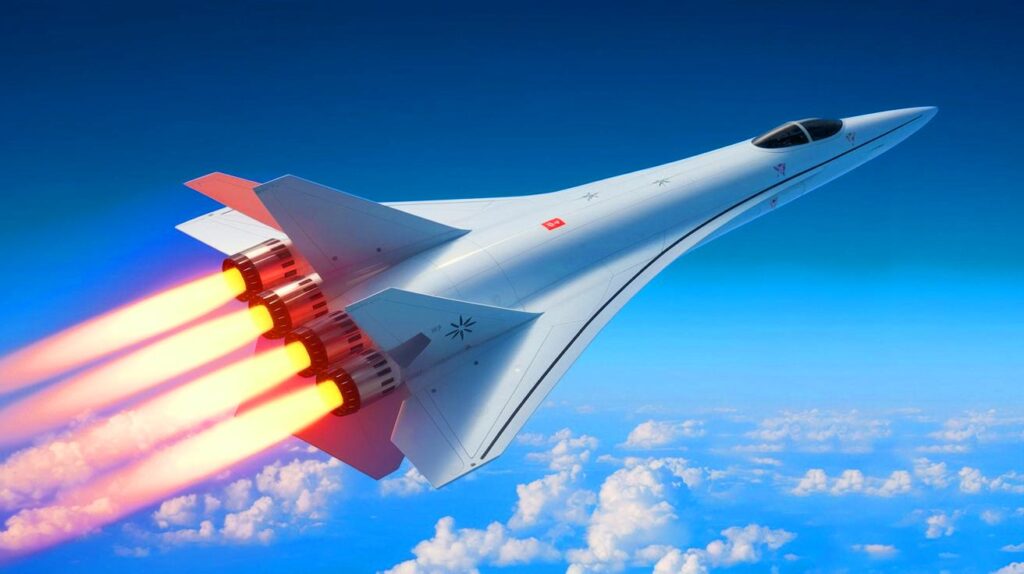| In Brief |
|
The signing of a historic agreement for the development of a liquid hydrogen corridor linking Oman, the Netherlands, and Germany marks a significant turning point in the global energy transition. This ambitious project aims to establish a direct route for the importation of renewable liquid hydrogen between these regions, thereby strengthening energy security in Europe. Through strategic partnerships with eleven major players in the hydrogen value chain, the corridor promises to significantly enhance the efficiency and commercial viability of hydrogen transport. The state visit of the Sultan of Oman to the Netherlands served as the backdrop for the formalization of this agreement, underscoring the geopolitical importance of this initiative. This text examines the details of the agreement, its strategic implications, and the technological innovations that underpin it.
An Unprecedented Liquid Hydrogen Corridor
The agreement includes eleven major players in the hydrogen value chain, such as Hydrom, Oman’s national hydrogen authority, and OQ, Oman’s integrated energy company. Tata Steel Nederland, Hynetwork, Hamburger Hafen und Logistik AG, ECOLOG, and many others are also involved. Their mission is to produce, liquefy, transport, import, and distribute liquid hydrogen. ECOLOG’s ship technology is crucial, as it prevents cargo loss and reduces transport costs, ensuring that hydrogen is transported without evaporation losses. These innovations make the corridor not only efficient but also commercially viable.
The structure of the agreement is divided into three main parts. First, Oman will develop a centralized liquefaction and export terminal at the port of Duqm. This center will process green hydrogen produced in Oman and facilitate its shipping to Europe, making Oman a key player in the global hydrogen market. Second, Oman will negotiate contracts with buyers in the Amsterdam region, as well as in the Netherlands and Germany. Finally, an improved logistics corridor will enhance export and import operations at Duqm, Amsterdam, and Duisburg, facilitating hydrogen distribution via pipelines, rail, and barges.
Strategic Impact
This agreement bolsters Oman’s position in the global hydrogen economy. With its abundant solar and wind resources, Oman is heavily investing in green hydrogen production for export. The Joint Development Agreement (JDA) supports the country’s ambition to become a leading supplier for Europe. The corridor enhances Europe’s energy security by reducing its reliance on fossil fuels and diversifying its importing sources. It also assists the EU’s objectives for decarbonizing hard-to-abate sectors such as steelmaking and heavy transport.
Sophie Hermans, Dutch Minister for Climate and Green Growth, stated: “This agreement represents a major step forward in our clean energy partnership with Oman, linking our climate objectives to a reliable source of renewable hydrogen.” Oman’s Minister of Energy and Minerals, Salim Nasser Al Aufi, added: “This partnership reflects Oman’s long-term commitment to green hydrogen and its strategic relationship with Europe.” The JDA builds on a prior partnership between Hydrom, the Ministry of Energy and Minerals, the Port of Amsterdam, ECOLOG, and EnBW. With infrastructure planning underway, the aim is to begin large-scale hydrogen exports from Oman to Europe by 2029.
The Role of Infrastructure and Technology
One of the cornerstones of this agreement lies in the development of dedicated infrastructure for hydrogen processing and transport. The construction of a liquefaction terminal in Duqm is a crucial step. This terminal will convert locally produced green hydrogen into a liquid state suitable for export. Technological innovations, such as ECOLOG’s ships, will play a crucial role by ensuring lossless transport. Reducing transport costs and optimizing logistics chains are essential to ensure hydrogen’s competitiveness in the global market.
Moreover, coordination among the various stakeholders in the project, from production to distribution, is vital for the corridor’s success. The port infrastructures in Amsterdam and Duisburg will also need to be adapted to efficiently accommodate and distribute the hydrogen received. Integrating transport systems such as pipelines, rail, and barges will allow for flexible distribution tailored to the needs of European markets. This integrated approach ensures not only the availability of hydrogen but also its cost-effectiveness.
Economic and Environmental Perspectives
Beyond energy benefits, the agreement opens up significant economic opportunities for the regions involved. The creation of jobs in the hydrogen sector, both in Oman and Europe, represents a major opportunity. Investments in infrastructure and transport technologies are expected to stimulate the local economy and foster the development of new skills in emerging green energy sectors. The transition to a hydrogen economy also serves as a lever to achieve greenhouse gas emission reduction goals.
Environmentally, the use of green hydrogen could significantly reduce the carbon footprint of European industries. By substituting fossil fuels with renewable hydrogen, heavy sectors such as steelmaking and transportation can decrease their CO2 emissions. Thus, this agreement fits into a broader strategy to combat climate change, enhancing Europe’s energy resilience while supporting its climate commitments. With these advancements, what impact will this corridor have on Europe’s energy future and its role in the global ecological transition?







